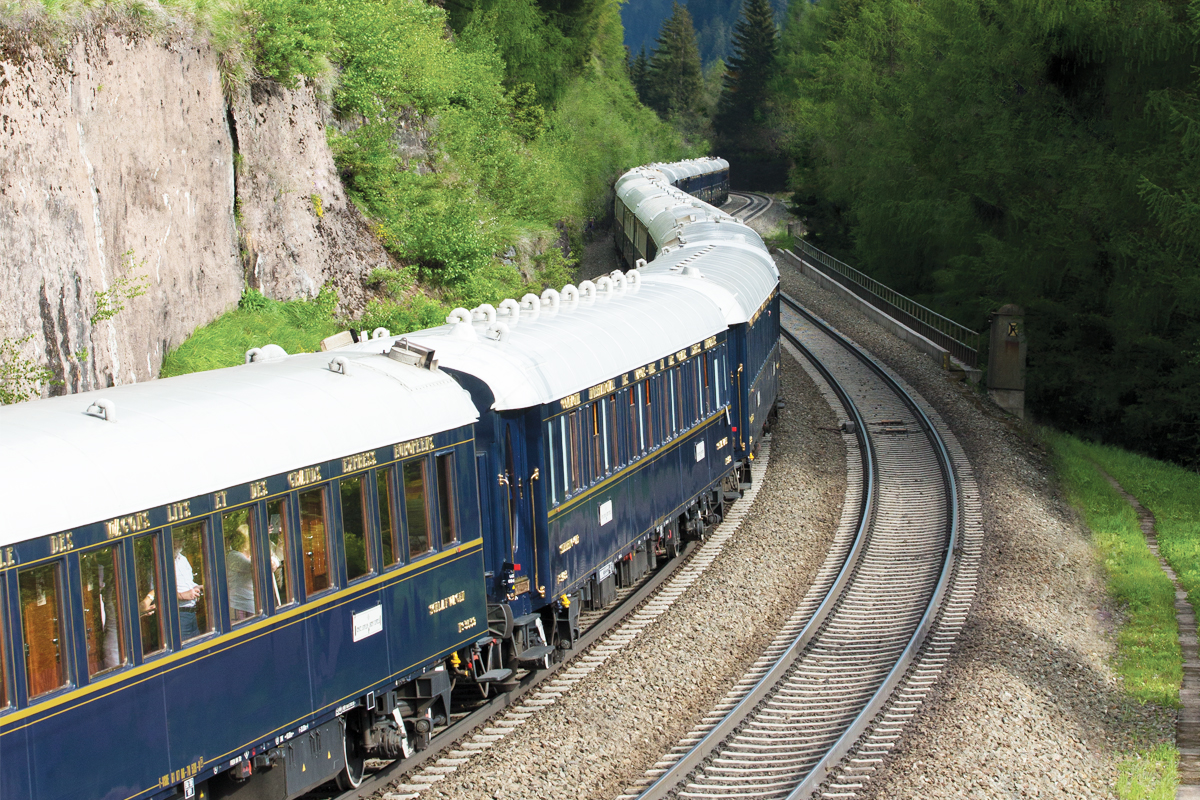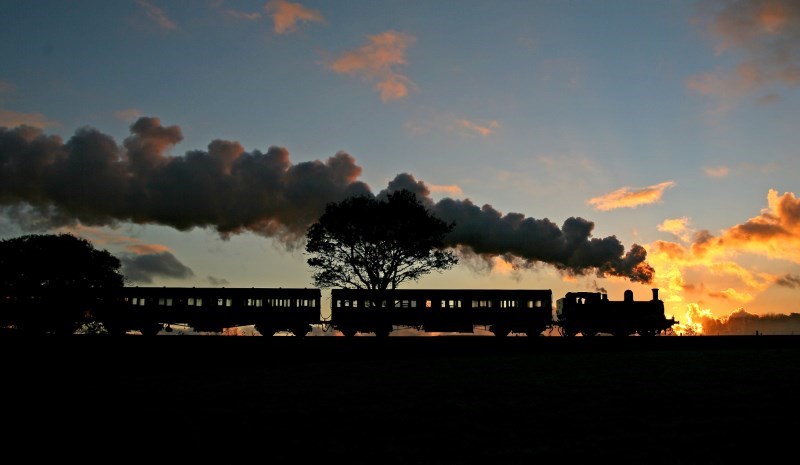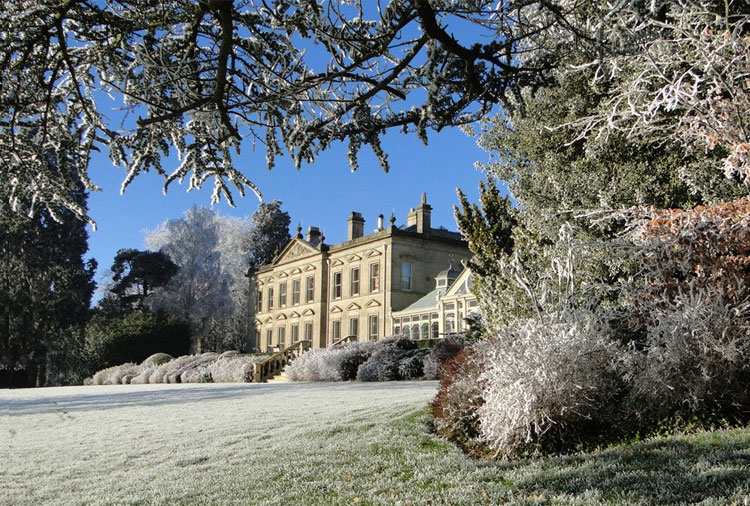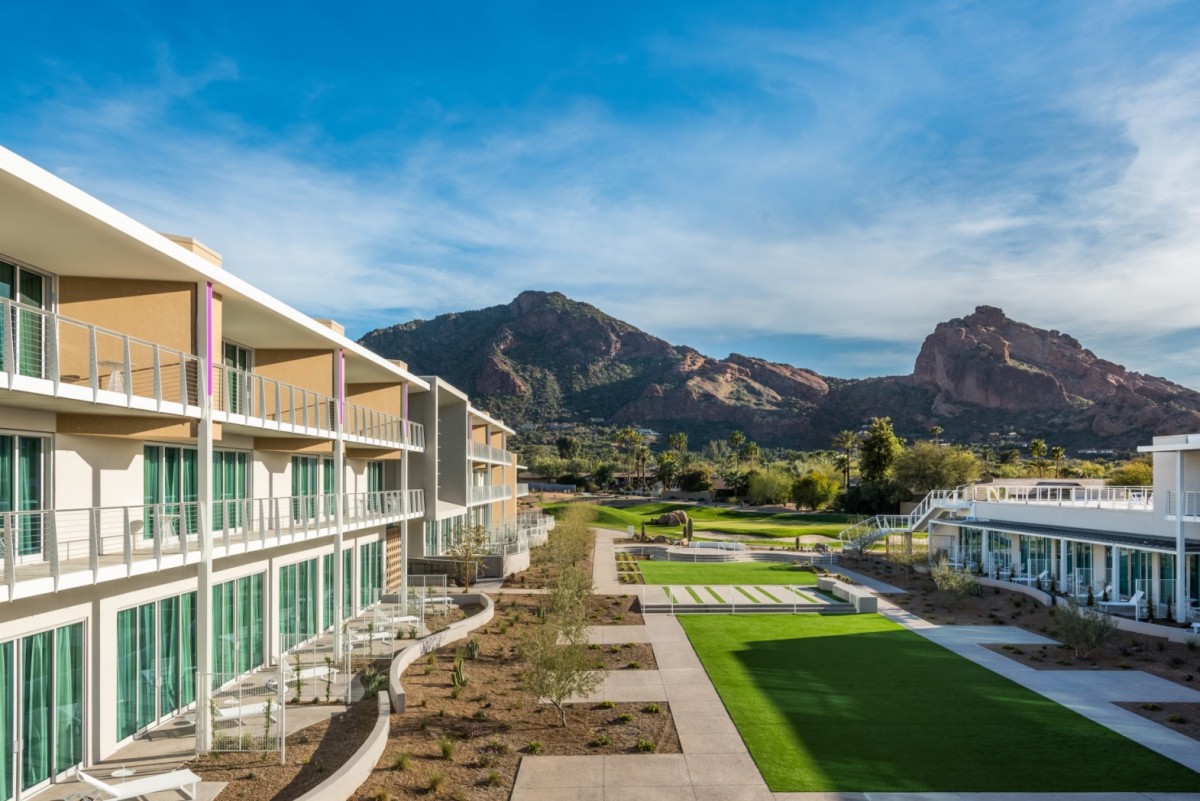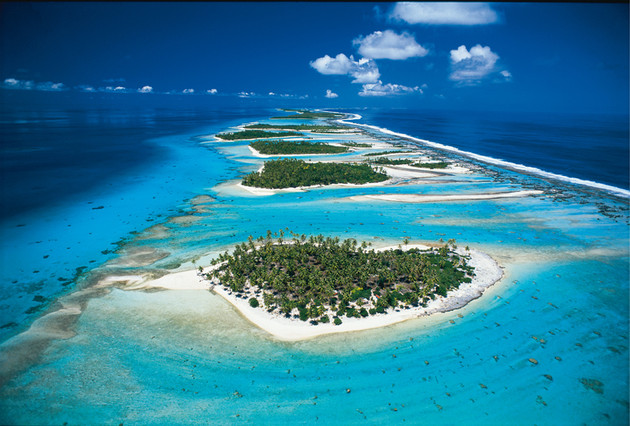It is only a case of going out and finding them… I went round New Zealand and obtained from it a plethora of unmissable and unforgettable experiences. Here are 12 of the top areas I saw whilst out there along with my top tips…
1. Cape Reinga
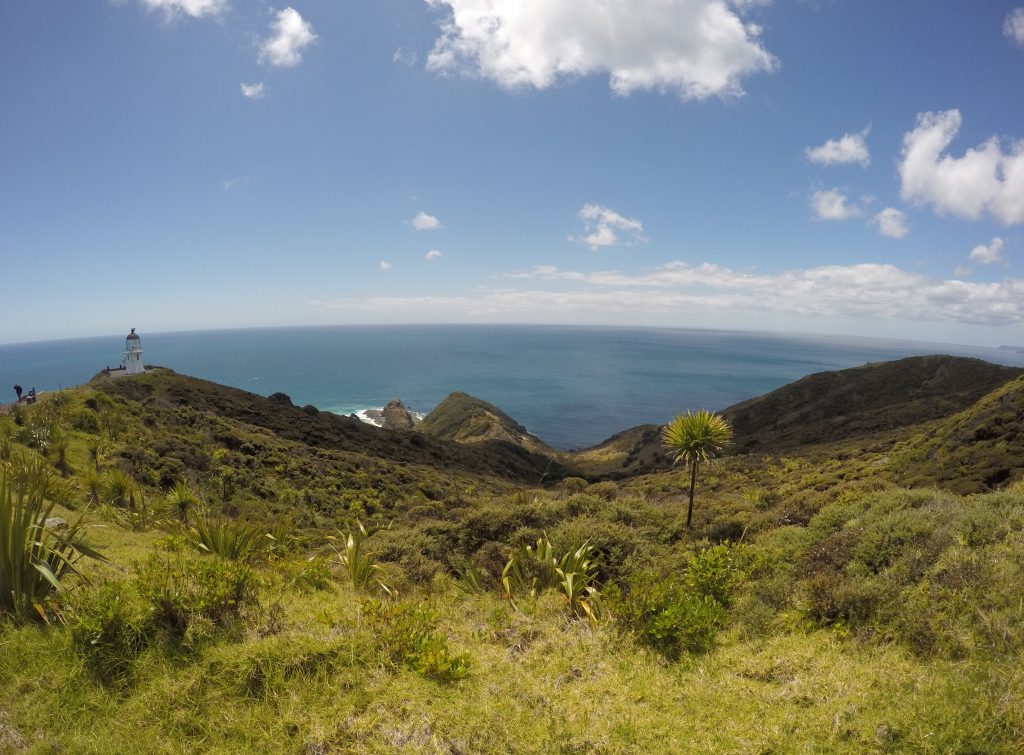
Driving up to the top of this country we saw that the landscape transform before our eyes. The further north we crept the more and more desolate the environment, before, reaching the final 20km stretch from this 100km northward trek away from the nearest hint of civilization, the terrain turned into something strangely different, something that could only be described as entirely untouched soil. Not only did it look like land that was uninhabited, but since it was so untouched it appeared in itself uninhabitable as though it was territory that was hostile. Yet deep down this wasn’t a sight but a delight to behold to the logging of the natural forests compared that we seen at the 100km journey’s start. After we reached the most Northerly Cape we realised why this location was so native, Reinga and its neighbouring bay — Spirits Bay — are the dwelling places of the Spirit world and it’s believed that the Spirits jump from the property and cross over to the spirit world. At the Reinga Lighthouse you might perceive the meeting of the Western Tasman Sea and the East Pacific Ocean where the two clashing tides that are powerful whip up and churn the surface of the water off of the shore.
2. Wairere Boulders
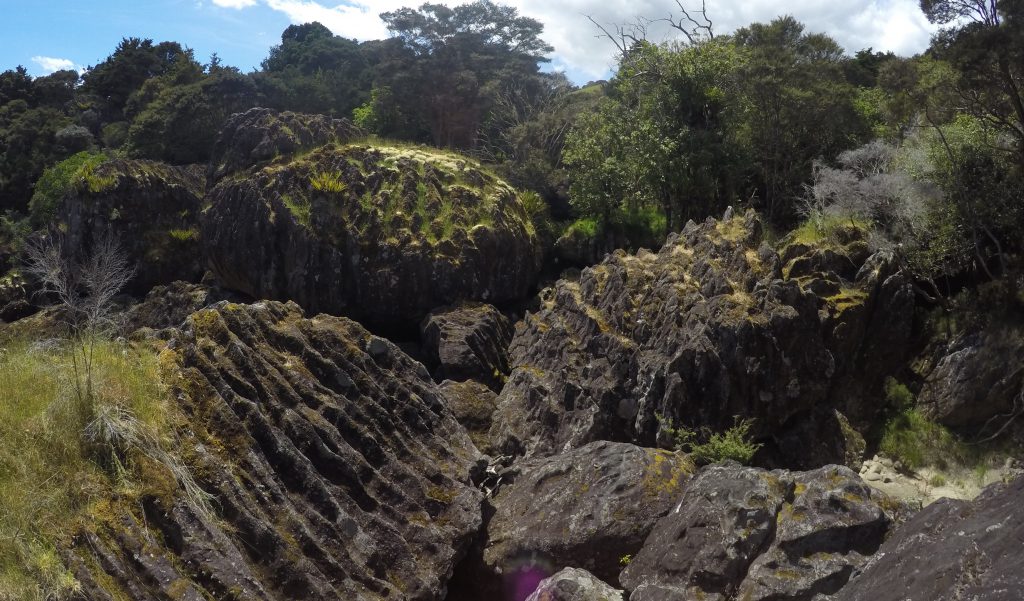
A majestic and scientifically “ground-breaking” hike. This location was, found by Felix Shaad, the owner of the property that’s listed among AA’s 101 Kiwi Must Do’s with a Geologists interest. The Basalt Rocks which once stuffed from the 1.8km Valley, a phenomenon which occurred due to a local volcanic action, putting the solid stone for a sheet into the top of the valley, finally cracked and broke into massive boulders and came to sit atop each other at the bottom of the Wairere Valley. Underneath a solid underground river runs, carving out the valley, which you may listen to its energy when walking round the path that is constructed. These boulders also came to be recognised as a phenomenon to the world as an illustration of eroded basalt Rocks, an incident which Geology’s entire world believed was impossible: however, it is now apparent that isn’t so. The dead logs that could pass across the present of the Wairere river would normally have been Kauri trees that came in the abundant Kauri forests that used to exist in the region, the acidity of these trees could cause chemical leaching on the stones and the stream of this acidic water eroded the Basalt causing ripples from the Rocks known as Fluting. This is spectacle that is absolutely unique to boulders and it really is quite a thing.
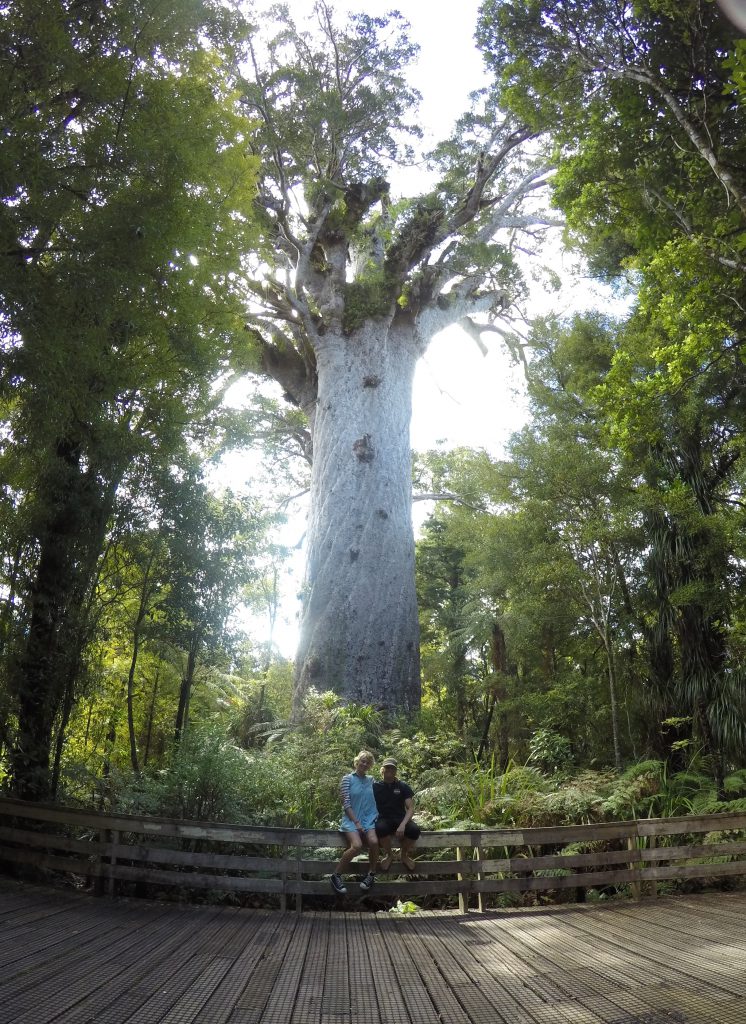
A ancient living relic of a lost era of the Kauri tree woods that once filled the property of New Zelands North Island. Tāne Mahuta is the biggest tree in size and volume in the entire country, and just really seeing it’s believing it — he’s enormous! Tāne Mahuta translates to ‘Lord of the Forest’, along with the legend that is that this tree is estimated to be over 2000 years old. Situated in the Waipoua Forest the Maori people considered that Tāne was the son of Ranginui the Sky Father and Papatuanuku that the Earth Mother and separates the two out of the marital bond, Tāne himself fathering each of the plant that covers the ground, in character clothing his mother, and holding up the skies high above mother earth. Tāne has been the most awe inspiring sight of the journey, we both felt a aura of sanctity in its presence that’s unforgettable.
4. Lake Taupo
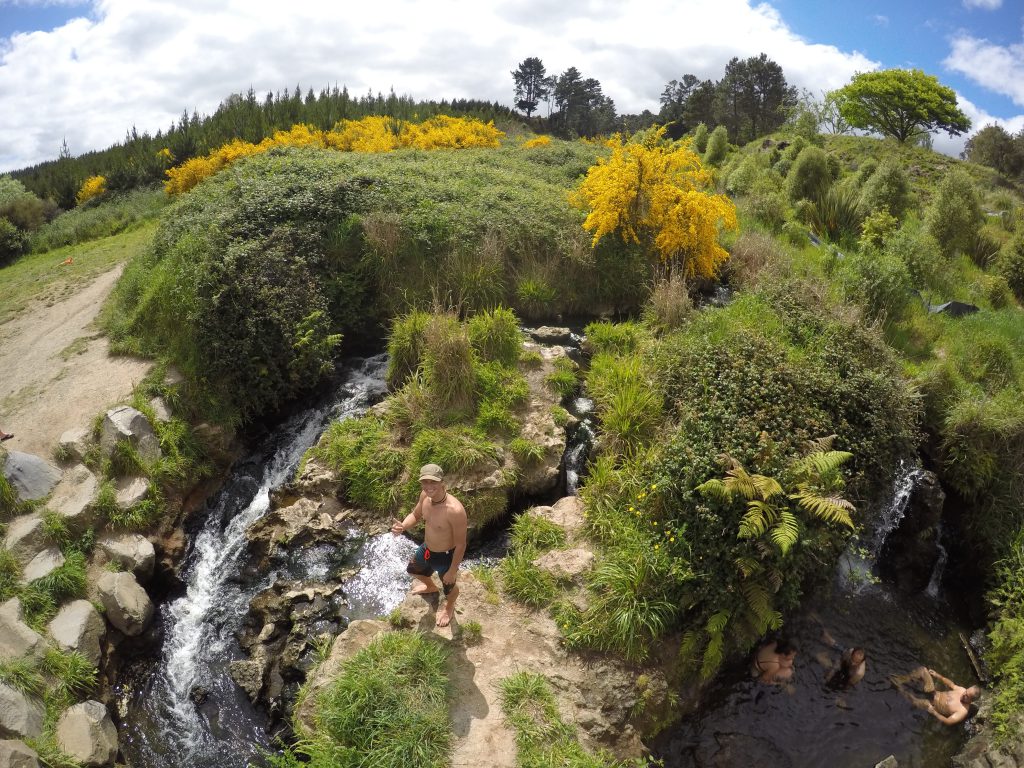
Taupo is a sulphur spring that runs along to join with water river cools where pods at the stones fill with this hot water that is flowing and where the two meet they produce spa bathrooms. It is a bizarre thing to encounter, but you’ll never enjoy a bath as much 29, once you are relaxed by the soothing water.
5. Golden Bay
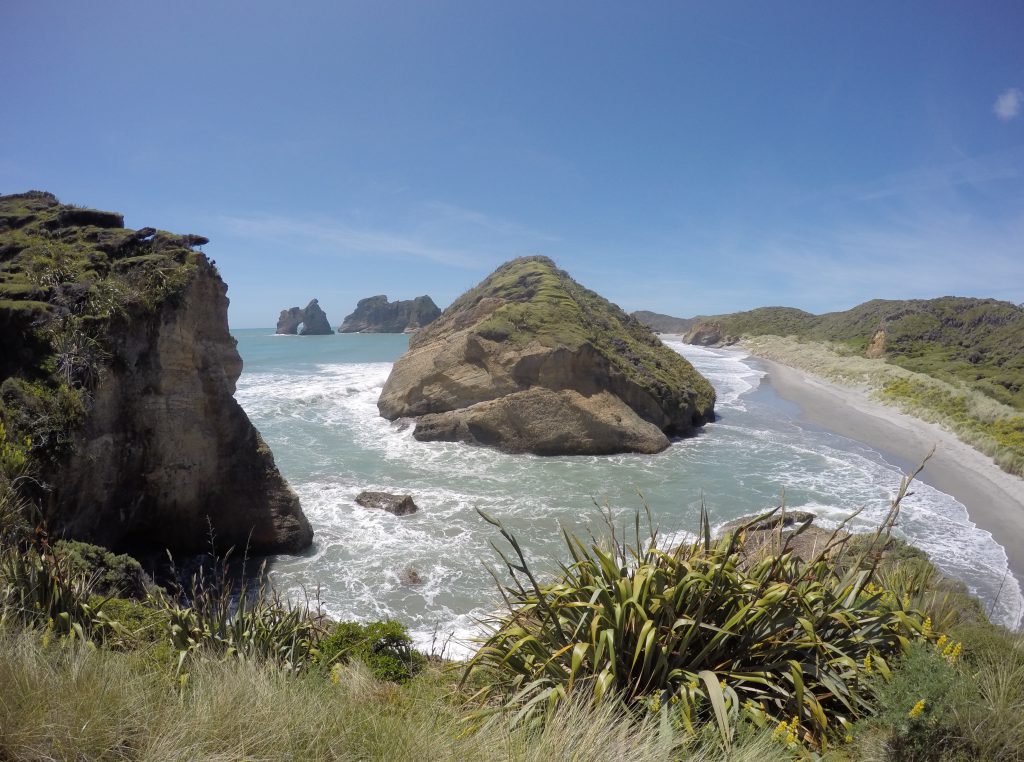
An seaside wonderland, the spit is a wildlife book that stretches 27km outside to sea. Just ahead of the sand bar (that resembles the beak of a large inland kiwi bird) is Golden Bay (close to the Eye of the Kiwi), a short walk to a gorgeous panoramic shot of sea carved rocks and luscious white sand shores (black sand is really more prevalent on the West shore of Southland NZ). With this walk we took the advice of an older friend and took the path less trodden, which required us to the beach. At low tide you are able to walk across the silicone beach back into the car park, however we did not expect the wave and took our own route, barefoot, bush design, after either old unused tracks or inoculated together with the creature tracks to pass over the rocks instead of around. We discovered ourselves poke from the vegetation at the edge of a couple of cliffs, and we all ended our tramp with nothing less than a Few smiles and scratches it is definitely an experience I would recommend to anyone
6. Akaroa
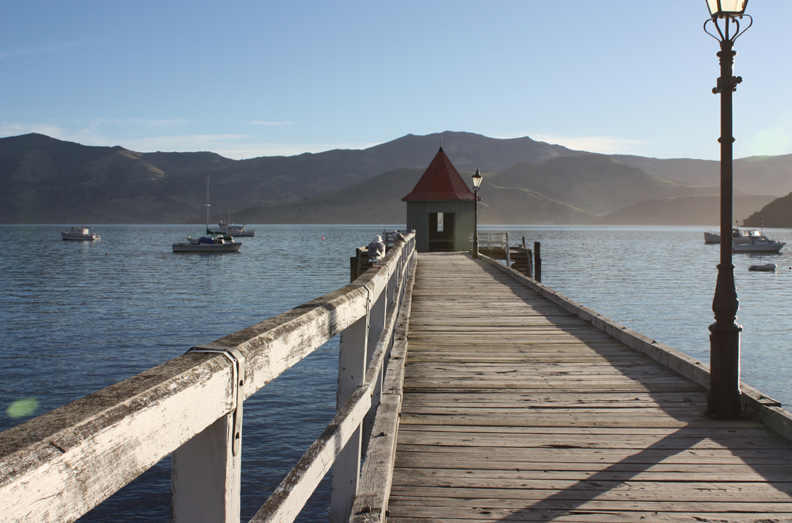
A quaint French Bay with excellent wine and cheese & world salmon. The lovely Akaroa is spectacular to look at from the Hill Top Bar, obviously, on top of the hill that encircles Akaroa’s and its Bays. Being an original settlement in on the South Islands East Coast it is a township that celebrates excellent fish and fine food. This twisting adequate is quite a view even though New Zealand is renowned for the number of winding mountain terrain roads.
7. Arthur’s pass
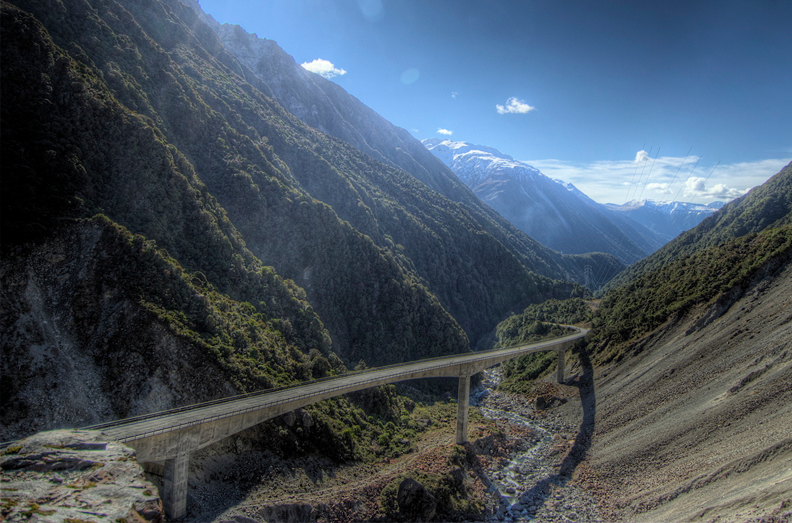
The most crucial drive in the nation: a cliff-hanging journey around “departure’s corner”, a demanding drive with the most spectacular views around every corner. As we we travelling around the nation in Spring, the winter ice caps from the hills were starting to melt with the warming of the entire year and the entire of Arthur’s overhaul was teeming with cascading waterfalls, chuting out of the stones and down the rocky mountain faces. Here, on both occasions that we chose this overhaul, we met the Kea: the world Alpine Parrot, a native NZ bird of prey, and the manicured bird I have known of!
8. Mount Cook & Fox Glacier
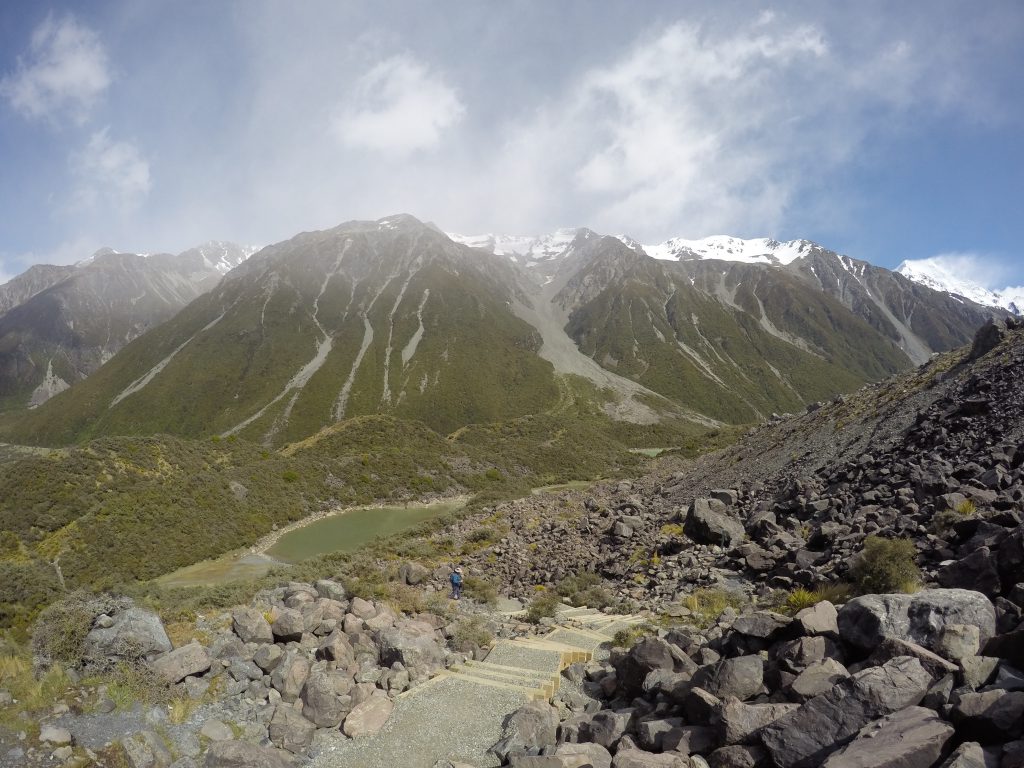
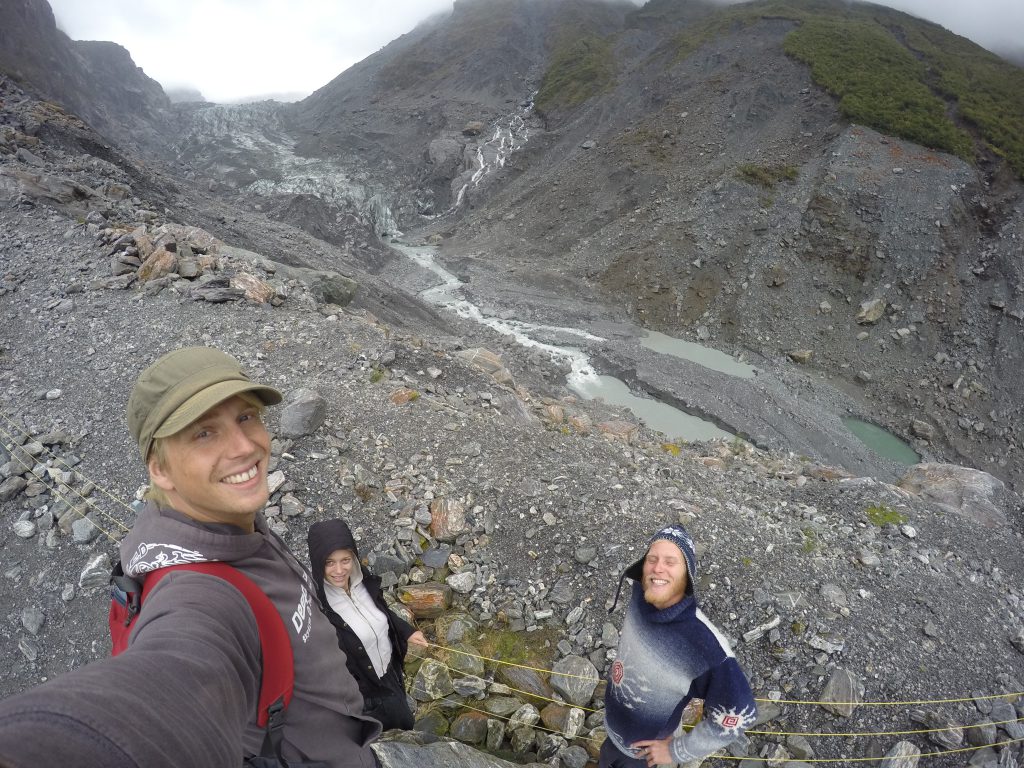
The ever mountain in New Zealand, capped and coated with shifting and shifting glaciers, is supposedly named as such although it does anything but cook. Fox Galcier is astonishing to observe the rate where just this century has shrank over. Although it appeared to be raising its 13km span a week until today it’s shrinking at a rapid speed. We were away because it had been the very first glacier we had seen and walked up to see this power that was monumental, gorging out a vast valley in its wake. It sadly proved that Fox is not a force to be underestimated as whilst we had been travelling NZ only a week after viewing the glacier there was a reported plane crash killing 6 tourists along with also the pilot on an aerial tour of the glacier (some helicopter tours even land on the glaciers).
9. Tasman Glacier & Lake Pukaki
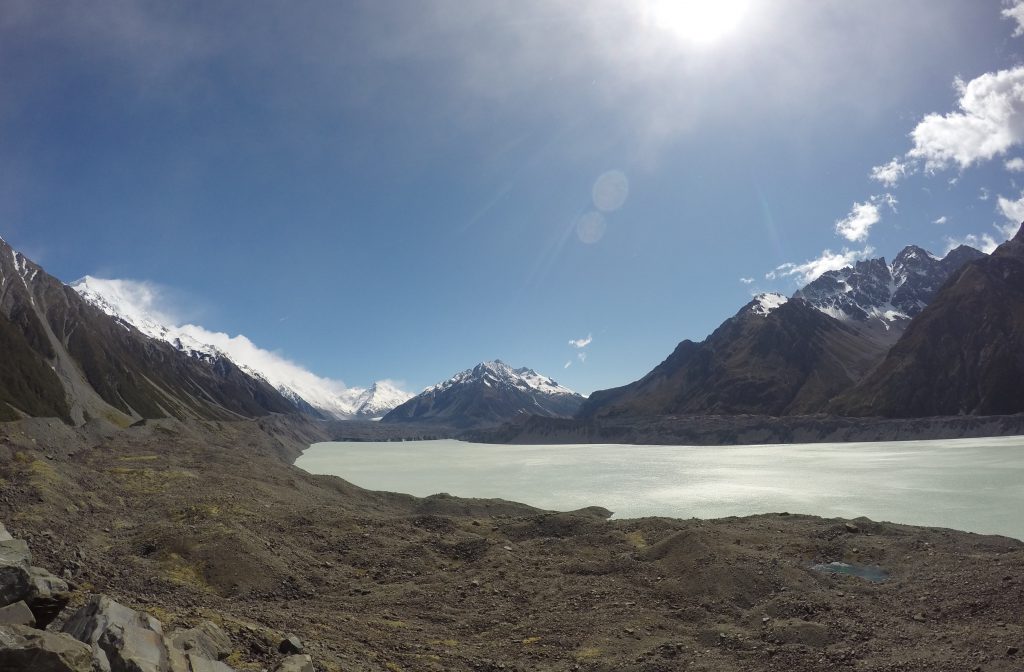
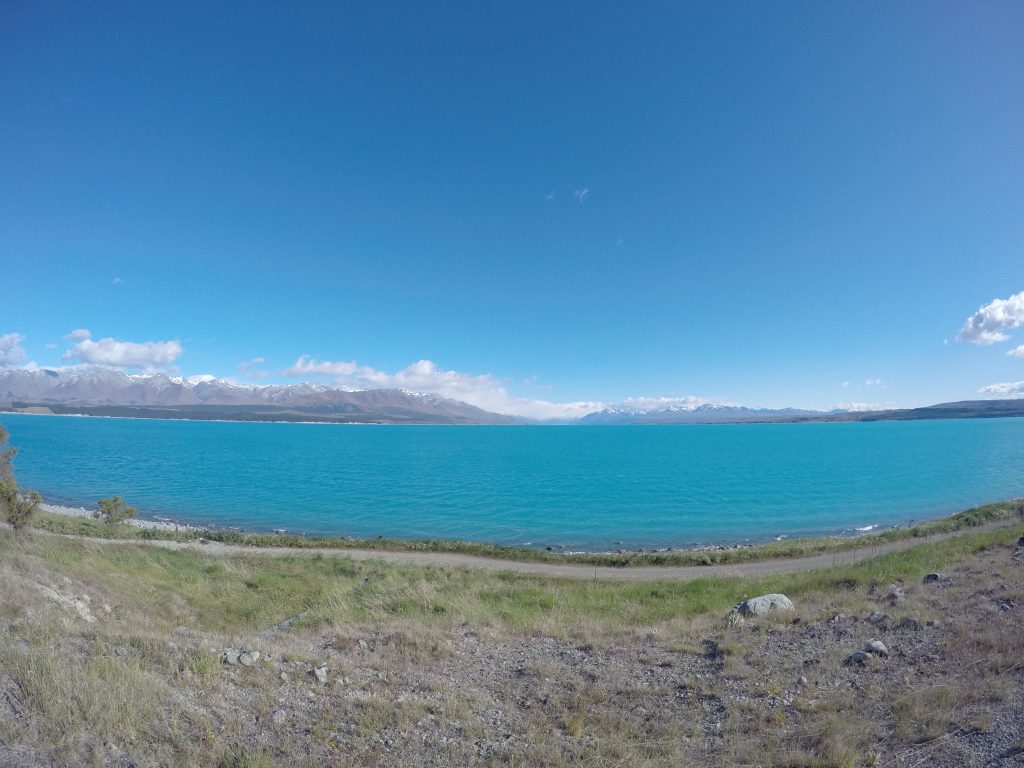
Fleeting natural and unusual beauties which regrettably may not exist for more. The Tasman Glacier is the glacier to neighbour Mount Cook because it is Tasman connection I do not want to pair Tasman. The Tasman Glacier used to feed its white-grey, mineral rich glacier water by means of a set of rivers in a valley which, a whole age ago, was filled entirely Pukaki Lake, into the effervescent, many surprisingly gloomy, with glacier ice. It is the settled minerals from the glacier that creates this bluest blue you’ve ever seen, though, the Lake longer comes with a supply and alas, since the planet has been heating, the capillaries connecting the lake have withered. So today, as the beautiful blue water evaporates under the sun, it merely has rain to fill it up again, constantly diluting the gem-like glacier water till it will be no more… so hurry and see it because you will never see water just like it.
10. Milford Sound
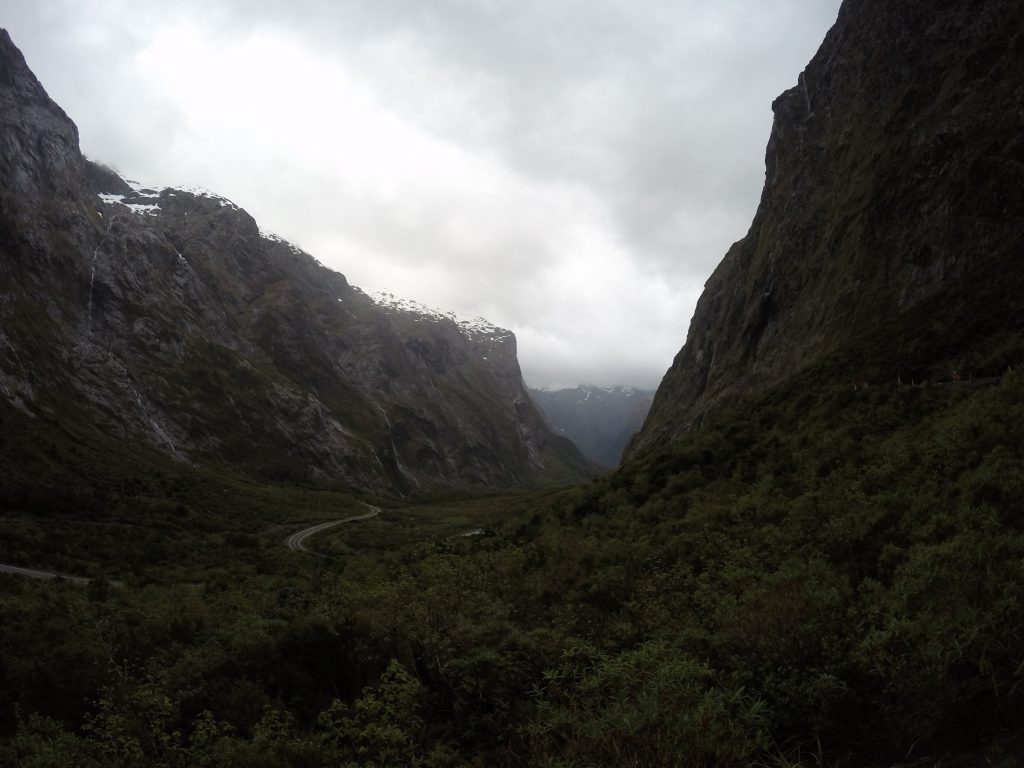
A natural wonder of this world: fiords at the country’s edge are long, narrow inlets of sea water using cliff walls and sheer mountain sides sculpted by glacial erosion. These expansive scale corrugations in the stone are otherworldly. Driving into the mountainous heaven we had to maneuver through a tube (the sole route to the scenic property) a walkway gouged through a mountain. One the side the sheer cliff face is rugged and grey, but once every inch of surface is coated in luscious quite a mesmerising and stark contrast. Plan to set aside a wedge of cash to spend in this place Kayaking around the waterways that are meandering one of the rock spines
11. Mount Sunday
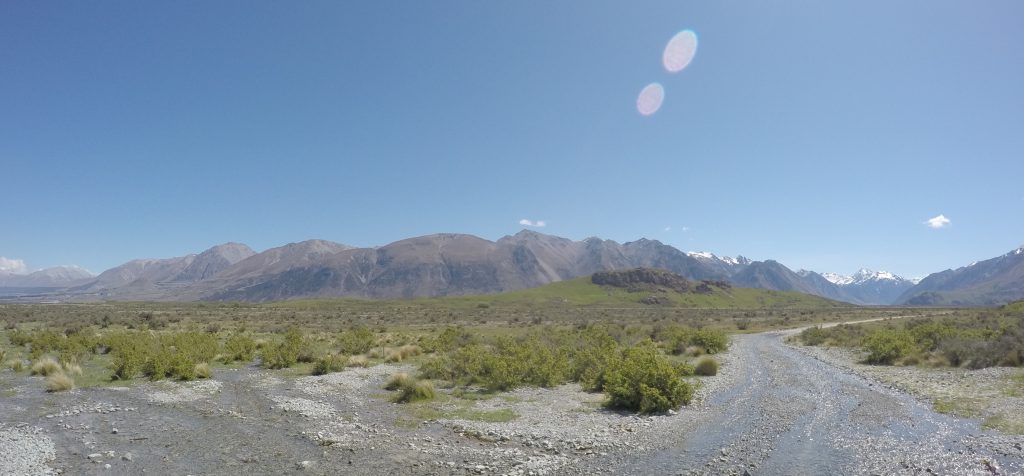
Here is where you’ll find the pasture lands of Rohan and the City of the apartment ‘seas of grass’ protruding out of Edoras. This humped fortress of earth is Mount Sunday, the lazy single peak sitting in the center of a sprawling archaic river bed (what once was clearly the chair of a giant glacier) enveloped in a frame of the massive Southern Alps. Mouth Sunday seems dwarfed the languid morning summit of the surrounding mountain-scape, against a backdrop. This really was a sight to behold, forcing across the Mt Somers track you can picture scenes of the Rings’ Lord manifest before you.
12. Lake Wanaka & Glenorchy
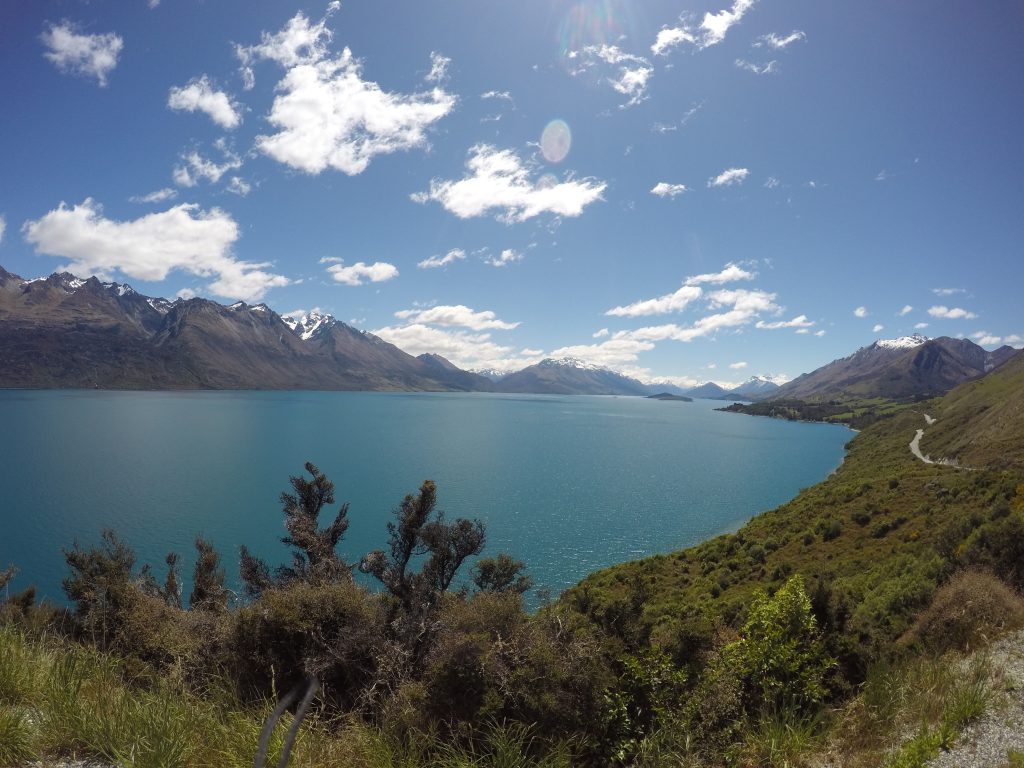
We picked up a hitchhiker at Hokitika and drove for 11 hours to get down to a spot he once liberty camped at in Wanaka, a gorgeous little place just out of town with a river and world class rock climbing overhangs. It was a spot where we proceeded to locate two more beautiful hitchhikers and we became a car-full that is multicultural. All of us drove on to Queenstown, a spot which nearly every person I spoke to about my journeys to New Zealand, before and during, insisted was a must-see, although it was a fantastic place to spend the afternoon and drop off our very first adventurer, the car-load people agreed that being city jumped isn’t for us. So we were, taken by the wonderful trekker, from the town of Evian on a bypass out of Queenstown down a street along the edge of Lake Wakatipu, a little town named to a remote settlement. The scenery is picturesque the entire stretch of the 84km Lake (the largest glacial lake in NZ). Perching looking across into the snow and with put up camp founded in Glenorchy dusted mountains that cradles the lake during its perimeter was a spectacle like no other.
New Zealand is a beautifully country with all the greenery and the waters. I would strongly recommend visiting the nation since you will get to see the last sprinkling of snow beneath the hills and hopefully also not freeze to death, so you get the best of both worlds. There are many roads which, even from the driver’s seat, give you magnificent views in every corner, making it ideal for independent traveling. Whilst we had been organising ourselves it was a close toss-up between hiring a car and tramping, and hitchhiking. New Zealand is most likely the only place in the world where hitchhiking is as secure* and as easy (*Bear in mind that it is still prohibited) and because we had a car we thought it only fair that we pick up a couple of hitchhikers ourselves. I would strongly recommend either route — the hitcher or the hitchee — but the next time I visit the country it is going to be from the summer months to camp and tramp.
As, though I’ve observed many of the wonders of the nation, there are much more to discover and explore and so many more things to see and do, I’ll certainly be returning. Not to mention the Bay of Islands and Mount Monganui in the North Island which are also areas. Monganui provided surf and the Bay of Islands is an excellent driveway full of amazing views. Plus two incredible places out in the styx of the South Island, full of nature and wildlife, firstly, is the Mirror Lakes, that can be pretty self-explanatory and amazing once you capture them on a still day, also Moeraki Boulders, a beach where you will find bizarrely natural occurring, perfectly curved boulders that are very impressive when you see them on your own.
Image From:seeninthecity.co.uk


